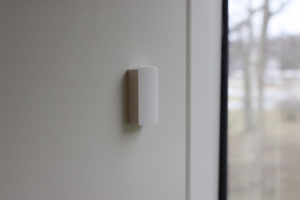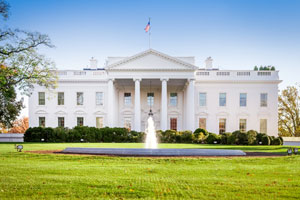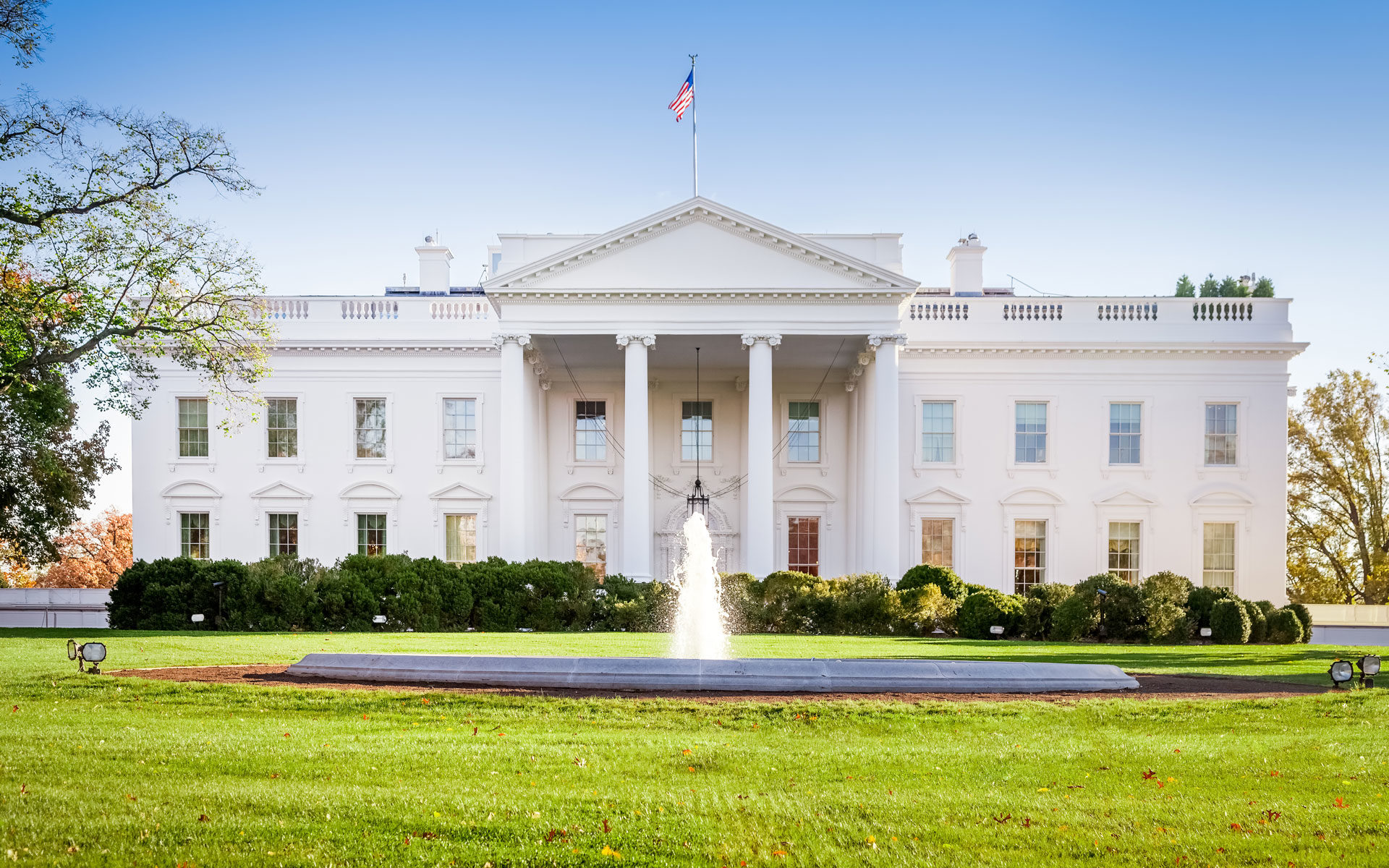 Our understanding of COVID-19 has rapidly changed over the course of the past couple years. Initially, scientists believed that the virus was spread through large “droplets” that were expressed through talking, sneezing and coughing. These droplets were thought to be heavy enough to drop through the air rather quickly (within an average of 6 ft distances) infecting others through both droplet and surface contact. Scientists have now concluded that it is not these droplets, or even surface infection, that we should be most concerned about; the virus is actually spread through aerosol sized particles that are invisible to the naked eye and light enough to stay within the atmosphere of an enclosed space for an hour or more. Because of our newfound understanding of how this virus works, proper indoor ventilation and air quality is more important now than ever. 1
Our understanding of COVID-19 has rapidly changed over the course of the past couple years. Initially, scientists believed that the virus was spread through large “droplets” that were expressed through talking, sneezing and coughing. These droplets were thought to be heavy enough to drop through the air rather quickly (within an average of 6 ft distances) infecting others through both droplet and surface contact. Scientists have now concluded that it is not these droplets, or even surface infection, that we should be most concerned about; the virus is actually spread through aerosol sized particles that are invisible to the naked eye and light enough to stay within the atmosphere of an enclosed space for an hour or more. Because of our newfound understanding of how this virus works, proper indoor ventilation and air quality is more important now than ever. 1
In early March, the United States Government released the National COVID-19 Preparedness Plan that lays the foundation for continued and improved safety against COVID-19 and other airborne illnesses as we return to daily life. Furthermore, on March 17th 2022, as part of the preparedness plan, the U.S. Environmental Protection Agency (EPA) released what is being called the “Clean Air Building Challenge”; a key component to safeguarding our future that is intended to “support building owners and operators as well as organizational leaders and decision makers, to make ventilation and other IAQ improvements.” 2 This Clean Air Building Challenge lists 4 main action items:
Create a clean indoor air action plan that assesses indoor air quality, plans for upgrades and improvements, and includes HVAC inspections and maintenance
 With an HVAC professional, determine how your HVAC brings in, filters, and distributes air amongst all occupied spaces. Verify through commissioning, testing, and balancing that building systems are functioning as designed while adding IAQ sensors, such as CO2 sensors, to high traffic areas to help verify or measure air delivery for each room or space. Then assess if any high risk spaces require a managed airflow, such as a school nurse’s office. Create an action plan that encompasses inspection, maintenance, filter replacements, and upgrades while supporting training and continued education for those maintaining the system.
With an HVAC professional, determine how your HVAC brings in, filters, and distributes air amongst all occupied spaces. Verify through commissioning, testing, and balancing that building systems are functioning as designed while adding IAQ sensors, such as CO2 sensors, to high traffic areas to help verify or measure air delivery for each room or space. Then assess if any high risk spaces require a managed airflow, such as a school nurse’s office. Create an action plan that encompasses inspection, maintenance, filter replacements, and upgrades while supporting training and continued education for those maintaining the system.
Optimize fresh air ventilation by bringing in and circulating clean outdoor air indoors
After ensuring the outdoor air quality is acceptable or that it is adequately filtered, run HVAC through the building during all occupied times, increasing the volume of the clean outdoor air with higher occupancy or risk while considering other environmental factors such as temperature, humidity, and energy efficiency. Additionally, consider refreshing air directly before arrival and after departures to remove harmful particles and even opening windows for a cross breeze where applicable.
Enhance air filtration and cleaning using the central HVAC system and in-room air cleaning devices
Consider the equipment being used to filter the air by using MERV-13 filters (or the highest MERV the HVAC system can handle) and supplement areas of insufficient ventilation and higher emission of airborne particles and with increased ventilation and portable air filtration devices.
Engage the building community by communicating with building occupants to increase awareness, commitment, and participation.
Share your progress and continued plan and how it is improving air quality and reducing disease spread with employees or patrons through building walkthroughs, signage, or social media posts. Additionally allow engagement with a way to report maintenance and repair requests
 For more information on the topic, we suggest watching the brief from the White House Office of Science and Technology Policy (OSTP) with interviews and information from some of the top scientists and experts in the field of infectious disease and engineering, here.
For more information on the topic, we suggest watching the brief from the White House Office of Science and Technology Policy (OSTP) with interviews and information from some of the top scientists and experts in the field of infectious disease and engineering, here.
Can we help with your next project? Reach out to the Dwyer team.
REFERENCES
- “Let’s Clear the Air: An OSTP Discussion on COVID and Clean Indoor Air.” YouTube, The White House, 5 Apr. 2022, https://www.youtube.com/watch?v=QBSQumZ4PsY. Accessed 8 Apr. 2022.
- “Clean Air in Buildings Challenge: Guidance to Help Building Owners and Operators Improve Indoor Air Quality and Protect Public Health.” EPA, Environmental Protection Agency, Mar. 2022, https://www.epa.gov/indoor-air-quality-iaq/clean-air-buildings-challenge.

